The Biological Mechanisms of Animal Coloration
Introduction
Animal coloration is a fascinating and complex aspect of biology, involving a variety of biological processes and mechanisms. It plays a crucial role in the survival and reproduction of many animal species, serving functions such as camouflage, warning coloration, and sexual selection. This article delves into the biological mechanisms behind animal coloration, providing a comprehensive and detailed exploration of the topic.
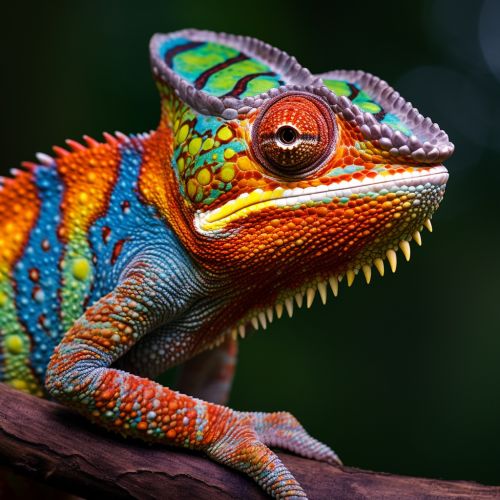
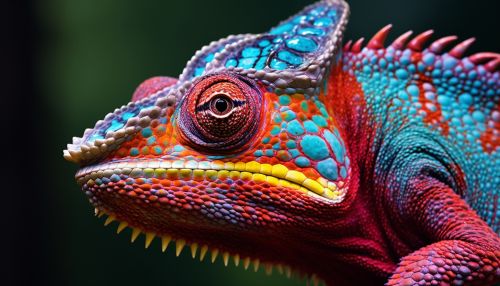
Physical and Chemical Basis
The colors we see in animals are primarily the result of two types of mechanisms: pigmentation and structural coloration. Pigmentation involves the absorption of certain wavelengths of light by pigments, while structural coloration involves the interaction of light with the physical structures of an animal's body.
Pigmentation
Pigmentation is the most common mechanism of animal coloration. Pigments are chemical compounds that absorb certain wavelengths of light and reflect others. The color we perceive is the result of the wavelengths of light that are reflected. There are several types of pigments involved in animal coloration, including melanin, carotenoids, and porphyrins.
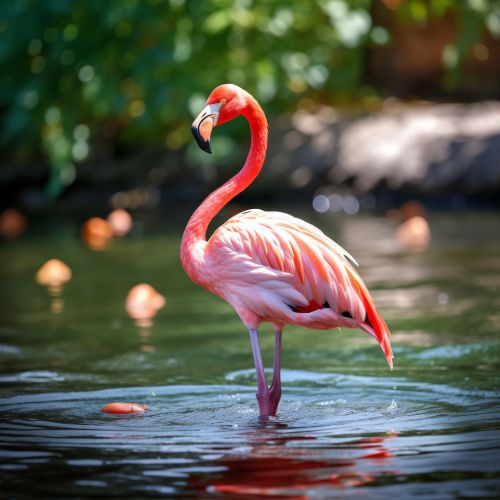
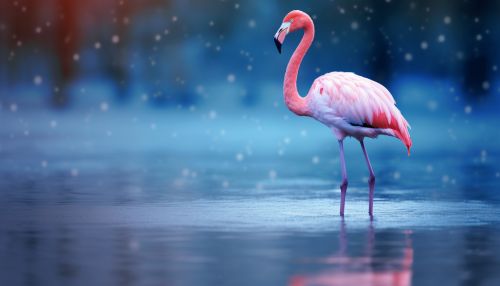
Melanin
Melanin is a pigment that is common in many animal species. It is responsible for the black, brown, and yellow coloration seen in many animals. Melanin is produced in cells called melanocytes, which are found in the skin and hair of animals.
Carotenoids
Carotenoids are pigments that are responsible for the red, orange, and yellow coloration seen in many animals. Unlike melanin, animals cannot produce carotenoids on their own. Instead, they must obtain them from their diet.
Porphyrins
Porphyrins are pigments that can produce a variety of colors, including pink, green, and red. They are most commonly seen in birds, where they contribute to the coloration of feathers.
Structural Coloration
Structural coloration is a mechanism of coloration that involves the interaction of light with the physical structures of an animal's body. This can result in a variety of colors and patterns, including iridescence, which is the phenomenon where the color of an object changes depending on the angle from which it is viewed.
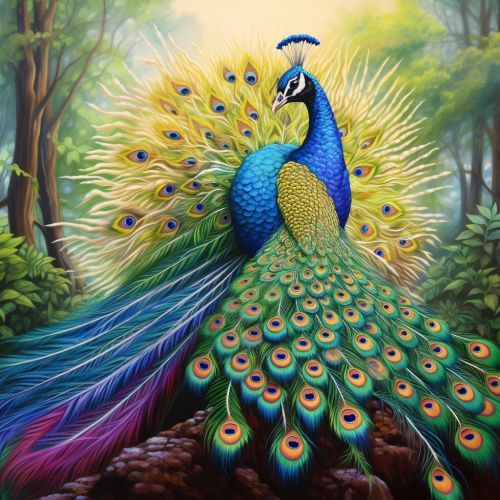
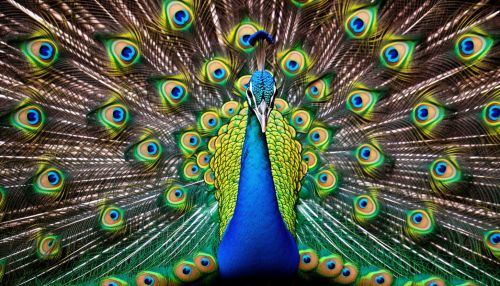
Functions of Animal Coloration
Animal coloration serves a variety of functions, including camouflage, warning coloration, and sexual selection. Each of these functions plays a crucial role in the survival and reproduction of many animal species.
Camouflage
Camouflage is a strategy used by many animals to avoid detection by predators or prey. It involves the use of coloration and patterns to blend in with the surrounding environment. There are several types of camouflage, including crypsis, mimicry, and disruptive coloration.
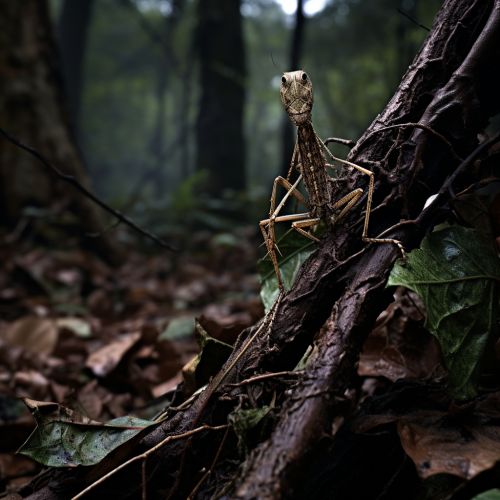
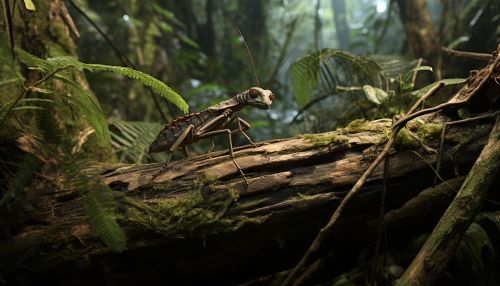
Warning Coloration
Warning coloration, also known as aposematism, is a strategy used by many animals to deter predators. It involves the use of bright, conspicuous colors to signal that the animal is toxic or dangerous.
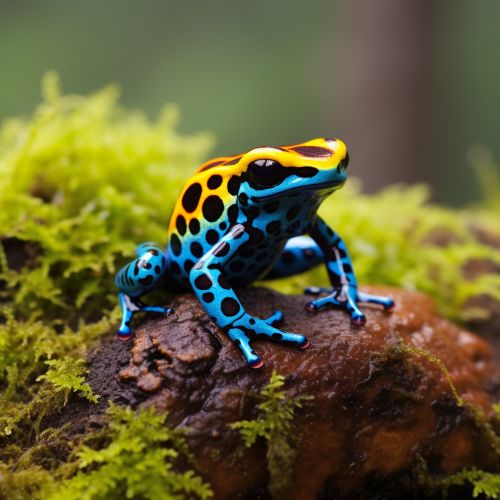
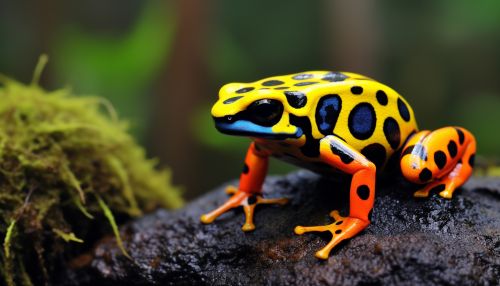
Sexual Selection
Sexual selection is a process in which individuals with certain traits are more likely to attract mates and reproduce. In many animal species, coloration plays a crucial role in sexual selection. For example, in many bird species, males with brighter plumage are more likely to attract females.
Conclusion
The biological mechanisms of animal coloration are complex and multifaceted, involving a variety of physical and chemical processes. These mechanisms play a crucial role in the survival and reproduction of many animal species, serving functions such as camouflage, warning coloration, and sexual selection. Understanding these mechanisms not only provides insight into the fascinating world of animal biology, but also has potential applications in fields such as biomimicry and biotechnology.
